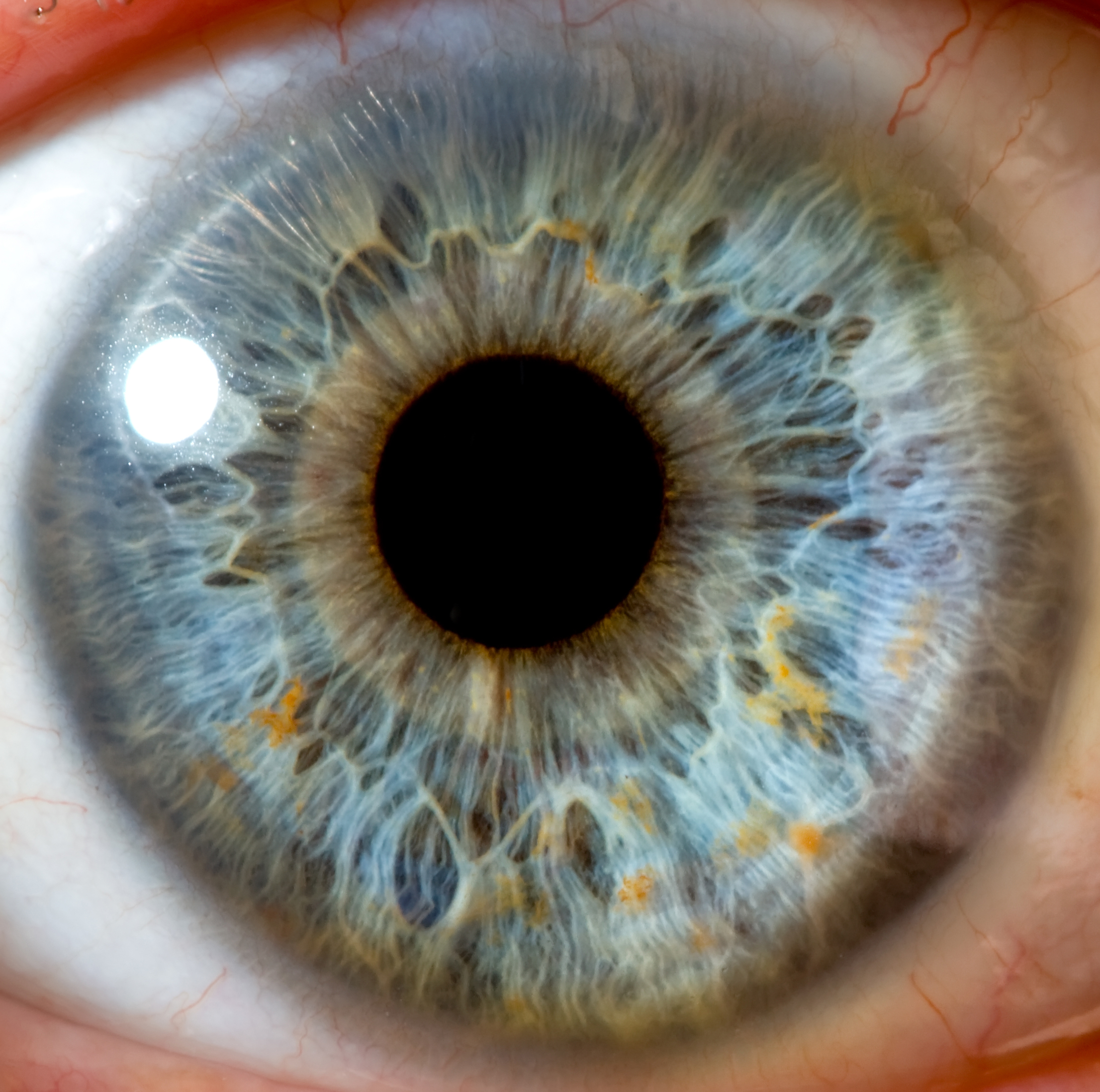Iritis, << y RY tihs, >> is an inflammation of the iris, the colored part of the eyeball. The iris, a delicate membrane, determines the amount of light that passes through the pupil. Iritis can result from a variety of causes, including injury to the eyeball. It also may be associated with such diseases as chickenpox, mumps, rheumatoid arthritis, or tuberculosis. Iritis may occur by itself but may also accompany inflammation of other eye parts.

Symptoms of iritis include a throbbing ache in the eyeball, photophobia (extreme sensitivity to light), a flow of tears, decreased vision, a red eyeball, and a small pupil. The physician often gives the patient anti-inflammatory drugs and drugs that paralyze the muscles in the iris. Paralysis of these muscles puts the iris at rest and decreases the pain and photophobia. If the disease causing the iritis can be identified, the doctor treats that disease in most cases.
